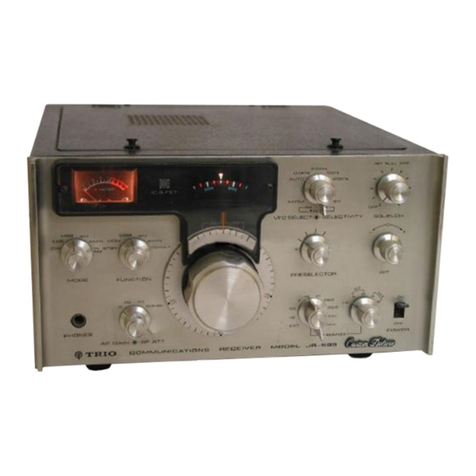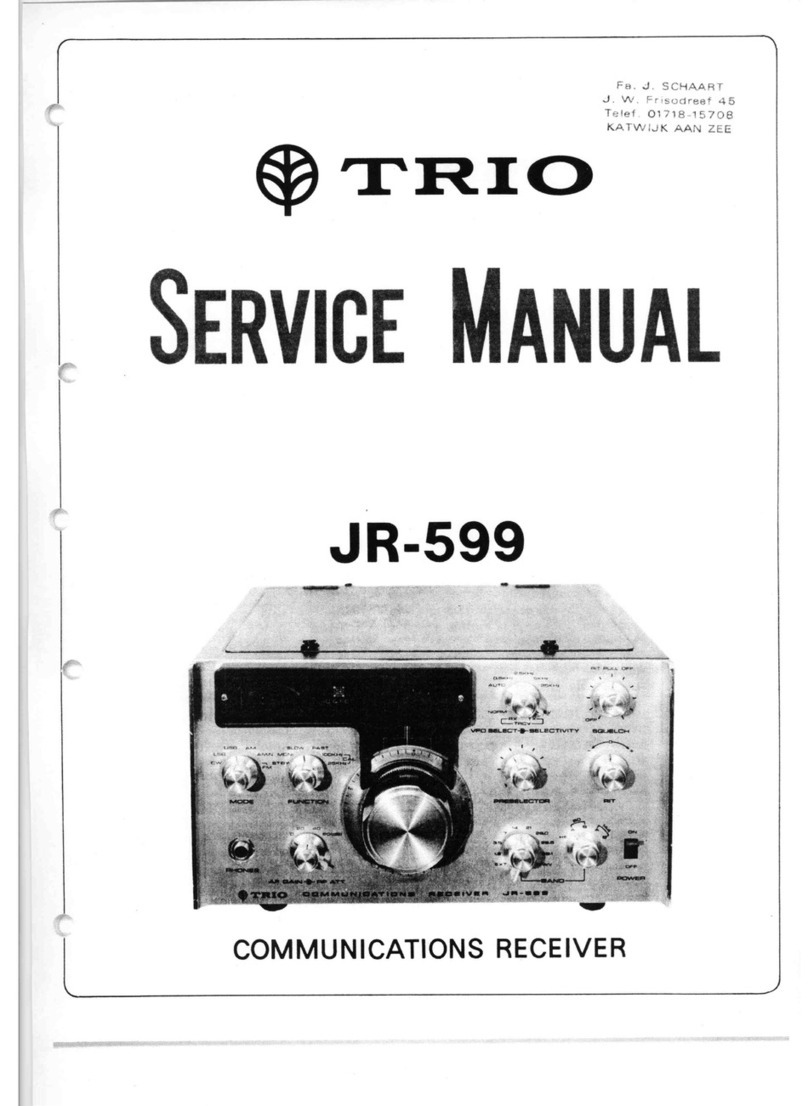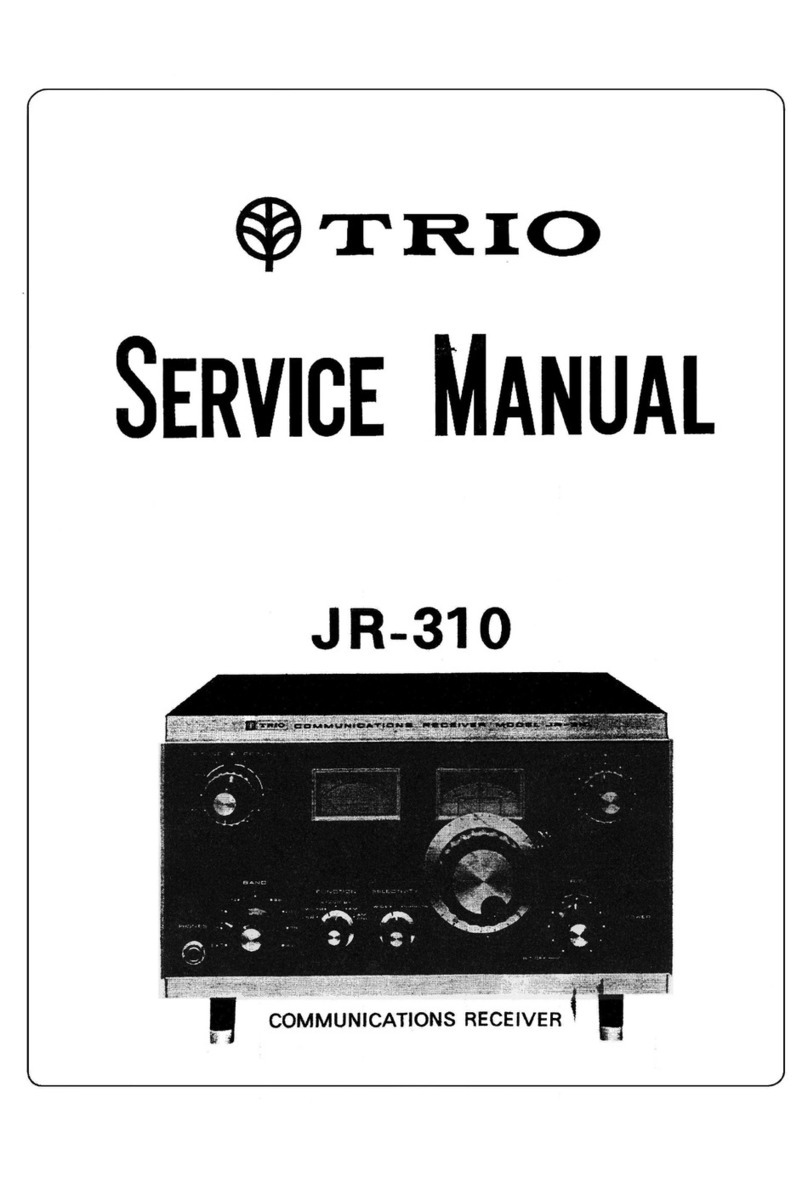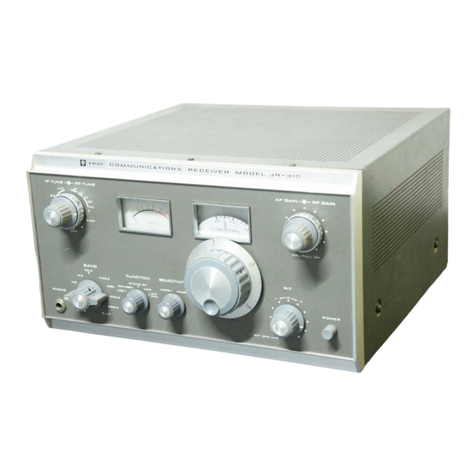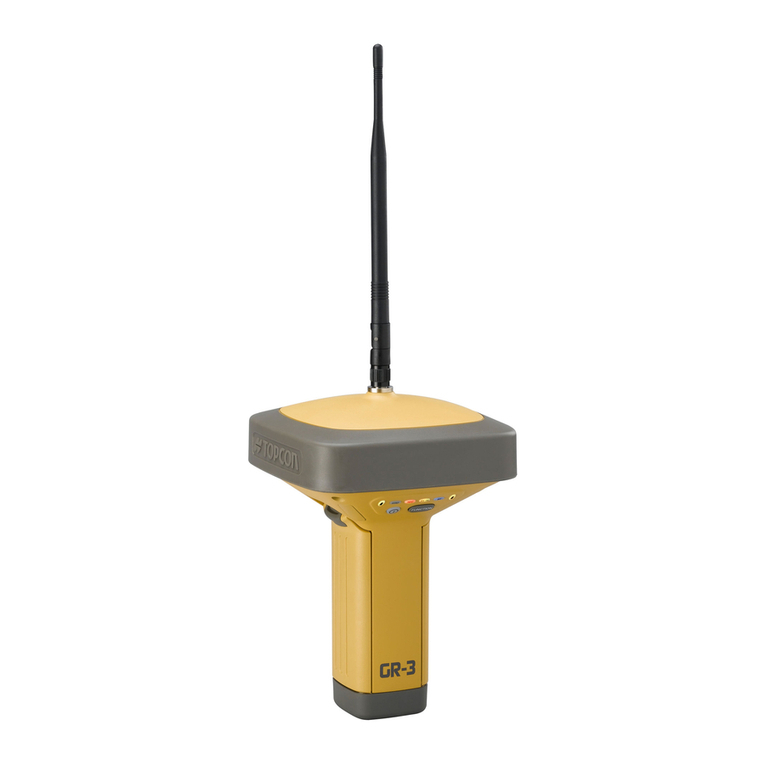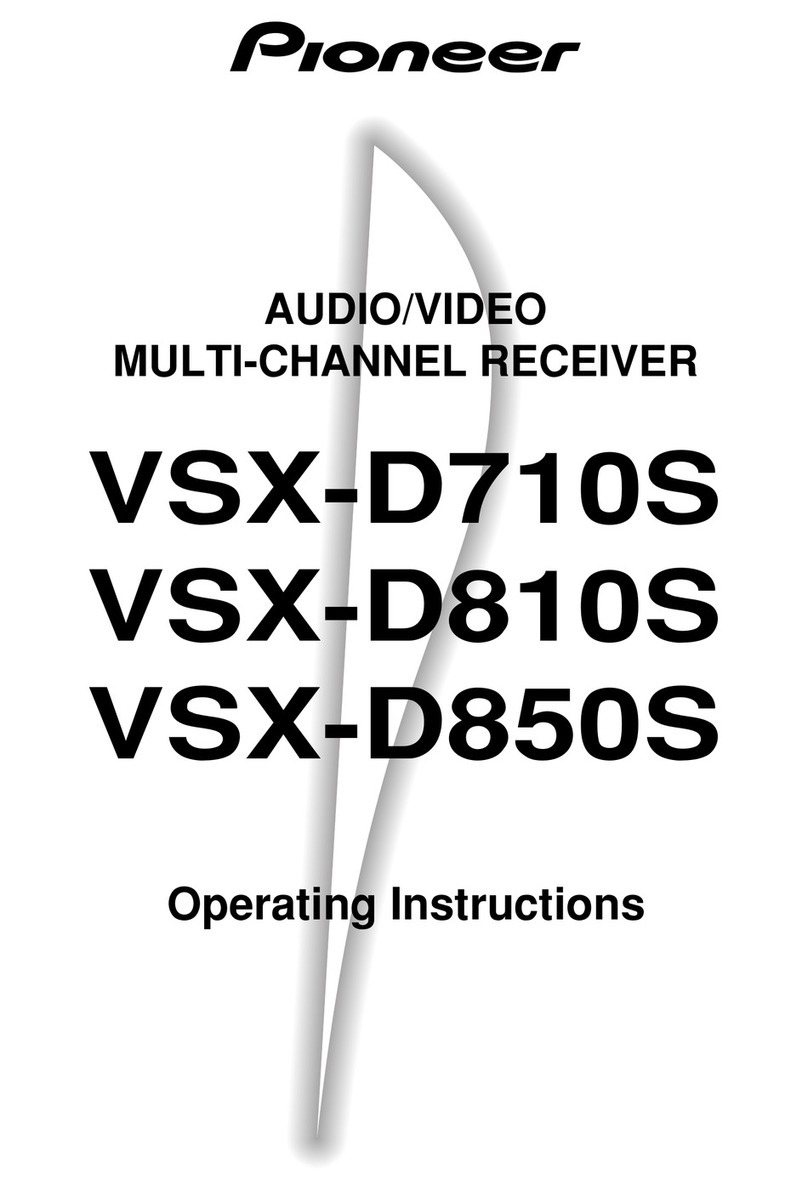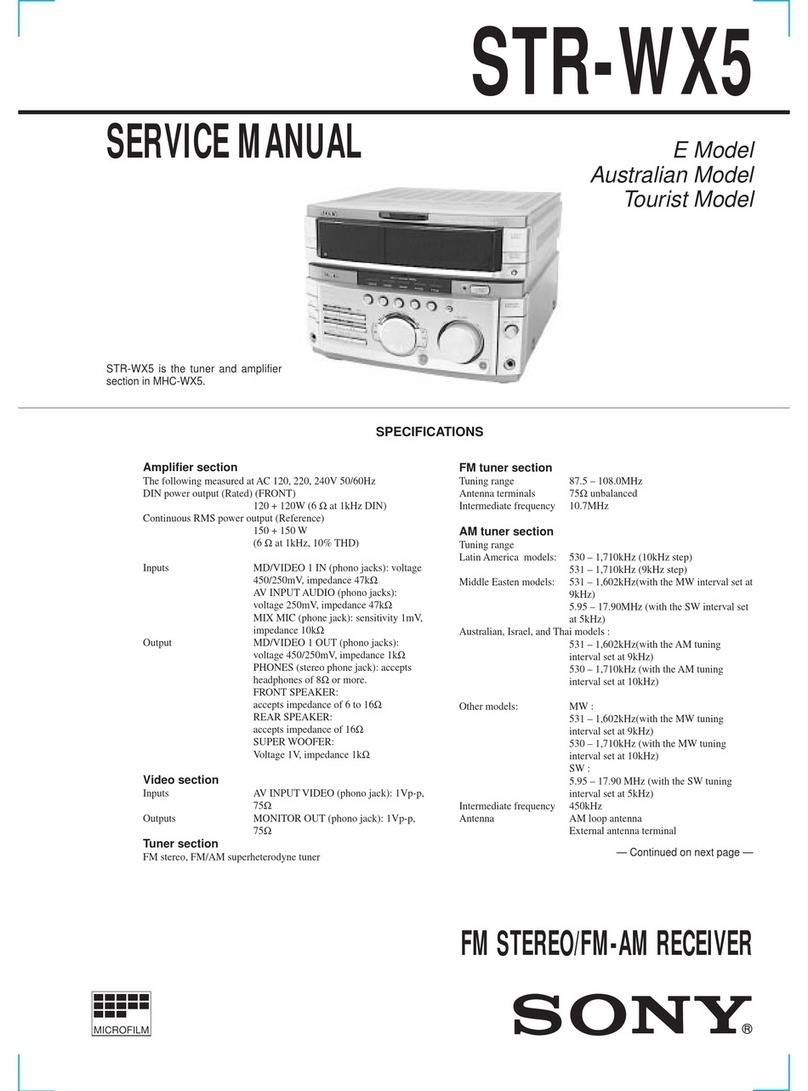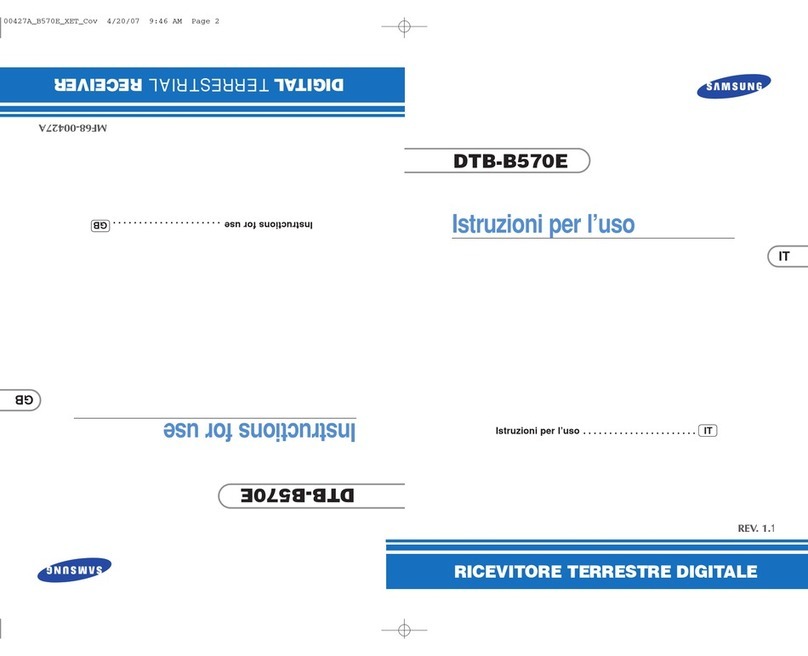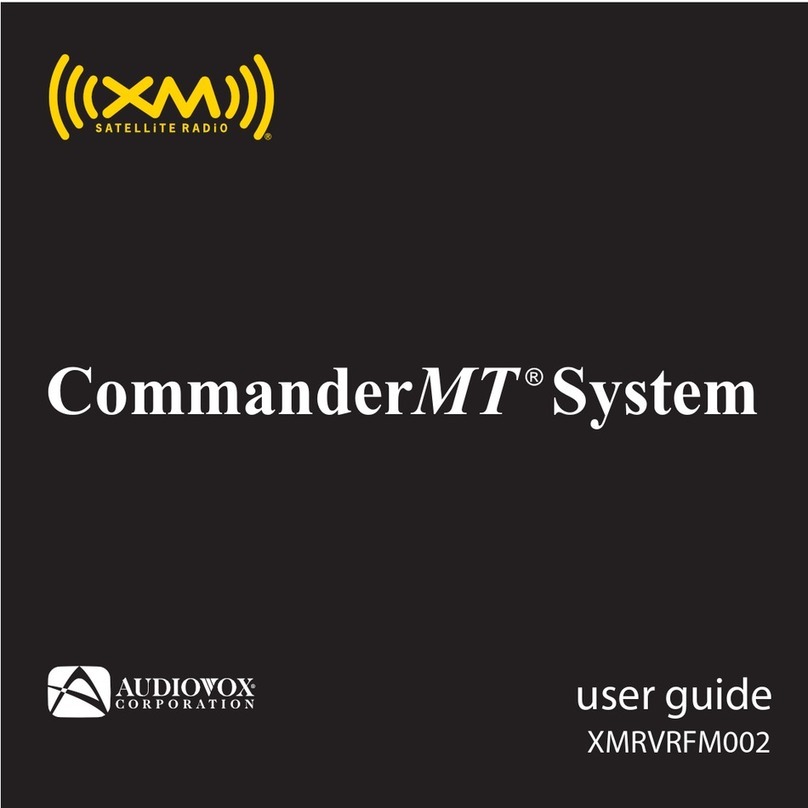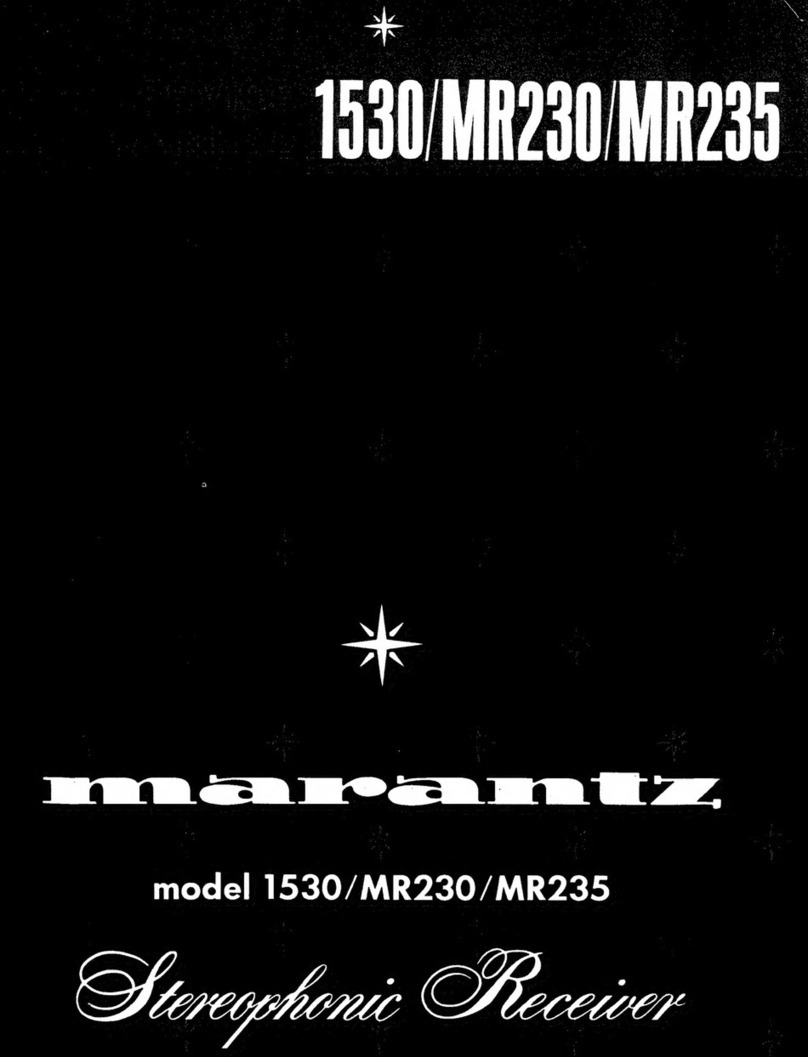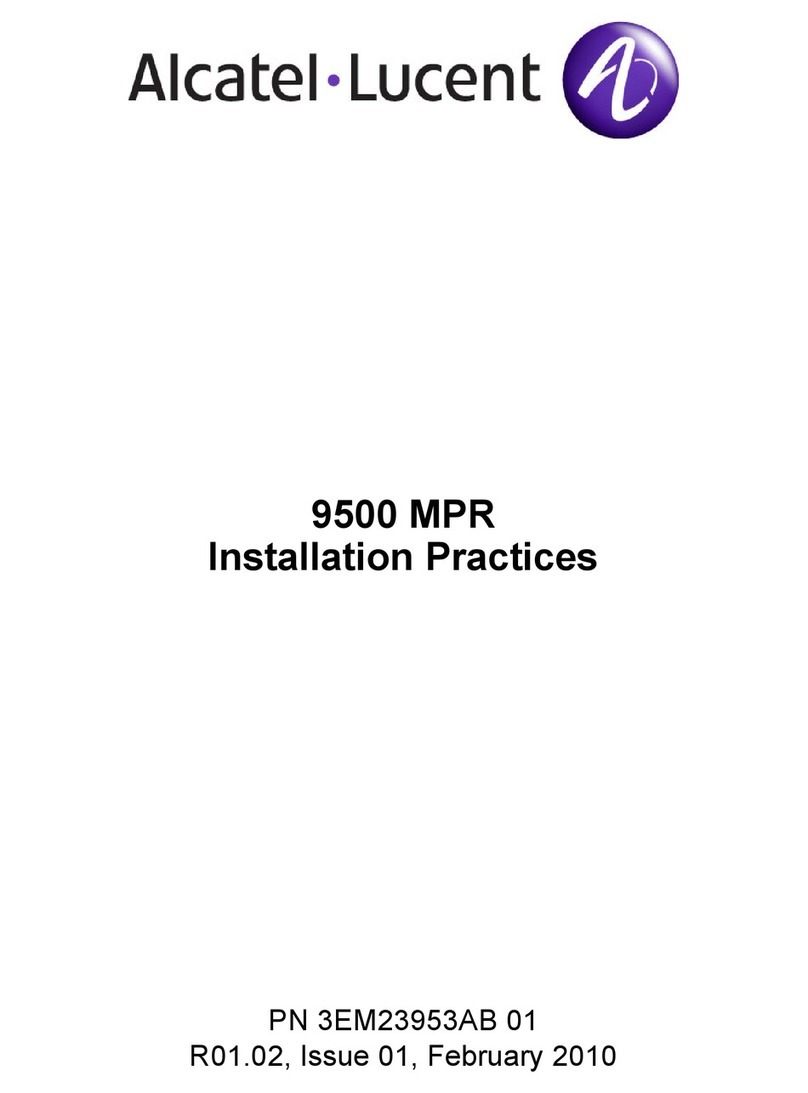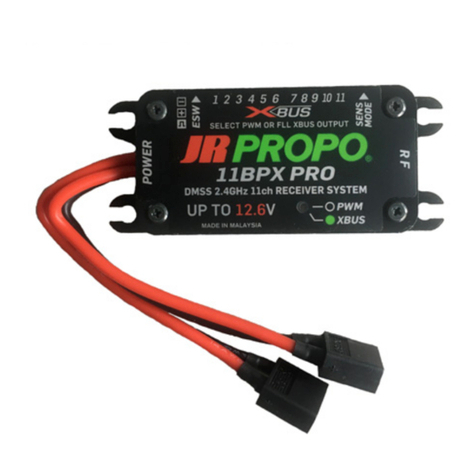Trio R-600 User manual

a
PHoNtS
Power
eee
MODE
ROC
KENW-01930

You
are
now
the
owner
of
an
exciting
product,
the
R-600
communications
receiver.
Please
read
this
instruction
manual
carefully
before
placing
your
receiver
in
service.
The
unit
has
been
carefully
engineered
and
manufactured
to
rigid
quality
standard,
and
should
give
you
satisfactory
and
dependable
operation
for
many
years.
AFTER
UNPACKING
SHIPPING
CONTAINER:
Save
the
box
and
packing
in
the
event
your
unit
reeds
to
be
transported
for
remote
operation,
mainten-
ance
or
service.
CONTENTS
OPTIONAL
ACCESSORIES
ADDITIONAL
INFORMATION
BLOCK
DIAGRAM
FEATURES
.
The
Model
R-600
is
a
professional
class
general
co-
verage
receiver
for
broadcast
and
shortwave
listening.
It
covers
the
150
kHz
through
30
MHz
bands
for
re-
ception
of
SSB,
CW
and
AM.
.
The
heart
of
the
receiver
includes
a
highly
stabilized
VFO
and
PLL
synthesizer
for
trouble-free
reception.
.
The
circuits
include
band-pass
filters
interlocked
with
the
band
selector
switch
for
eade
of
tuning.
.
The
ceramic
filter
circuit
is
also
interlocked
with
the
mode
switch.
Selectivity
matching
each
receive
mode
ks
obtained
at
all
times.
SSB/CW
>
2.7kHz
AM-NARROW
=
2.7
kHz
AM-WIDE
-—
6
kHz
.
The
built-in
NB
(noisw
blanker)
circuit
reduces
pulsat-
ing,
ignition
type
noises.
.
The
speaker
unit
is
placed
behind
the
front
panel
for
better
tone
quality.
10.
11.
12.
.
When
used
in
combination
with
a
transmitter,
the
MUTE
terminal
places
the
R-600
in
STAND-BY
mode.
.
The
RF
attenuator
provides
20
dB
attenuation,
making
it
possible
to
receive
strong
local
signals
without
dis-
tortion.
.
The
frequency
display
uses
easy-to-read
LED,
which
indicate
true
operating
frequency
accurate
to
the
1kHz
order.
The
antenna
terminals
can
be
selected
according
to
the
signal
frequency
or
the
antenna
system
employed.
A
record
terminal
is
located
on
the
front
panel.
The
output
level
is
automatically
controlled
to
the
op-
timum
level
independent
of
the
volume
control
posi-
tion.
A
fuse
is
installed
in
the
antenna
circuit
to
prevent
da-
mage
from
lightning.
-CAUTION:
To
protect
your
equipment,
use
a
lightning
arrestor.
|

SECTION
1.
INSTALLATION
R-600
SPECIFICATIONS
150
kHz-30.0MHz
AM,
SSB,
CW
Sensitivity
(10
dB
or
more
S+N/N,
Antenna
impedance:
502)
150
kHz—-
2
MHz
AM
(NARROW,
TONE:
Center)
SSB/CWiisecccsersesetecsccsonetievayes
2
MHz-
30
MHz
AM
(NARROW,
TONE:
Center)
......ececccecseeseeeeeees
5uv
SSB
vvcviescecchenctireeesderveotsecteaeyy
0.5uV
Image
Ratio
.........csceseeeeenees
More
than
60
dB
IF
Rejection
More
than
60
dB
Selectivity:
:
AM
(WIDE).......c0ccccccccesseceeeees
6
kHz
at
—
6
GB,
'
18
kHz
at-
50
dB
AM
(NARROW)..........:c:eceees
2.7
kHz
at-—
6
dB,
5
kHz
at-
50
dB
SSB/CW4j.
cos
ccsesecessadcaivettens
tis
2.7
kHz
at
—
6
dB,
5
kHz
at—
50
dB
Antenna
Impedance...............
5022/5002
|
Audio
Output...
eeeeee
eee
1.5W
min.
(82
load,
10%
distortion)
Audio
Load
Impedance...
eceseceeeeeeees
4
~162
external
speaker
or
headphones
Power
Consumption
............5
16W
:
Power
Requirements..............
100,
120,
220,
240V,
AC,
50/60
Hz
Semiconductors
.............6008
16
ICs,
11
FETs,
43
transistors,
43
diodes,
1
display
DimeNnSiIONS
2...........eseeseeeeereeee
W.
299
mm
(12-3/4
inch)
H.
110mm
(4-5/16
inch)
D.
200mm
(7-7/8
inch)
WEIGHT
.....-..ceseeseeeeeeeeteteetees
4.5
kg
(9.9
tbs)
1.1
GENERAL
To
obtain
maximum
performance
from
your
R-600
receiver,
it
is
recommended
you
read
Sections
2
and
3
in
their
entirety
before
attempting
to
operate
the
unit.
1.2
ACCESSORIES
The
following
accessory
items
are
included:
1.
Operating
Manual...........cceccecssssstecseeeersereceeeeee
‘1
copy
2.
AC
power
Cable...
ceccsccsecescnesesresteseseeesneens
1
piece
3.
Wire
for
antenna
......c
cc
sccecesssseeesesereeeseesensseseeaees
10m
4.
Miniature
Speaker
plug................
suahadiaden
1
piece
5.
Fuse
(1.5A)
(Power
fuse)......ccccsseseeeserseeees
1
piece
Fuse
(0.1A)
(ANT
fuse).......-sssssssesstecssessesseesrenees
1
piece
1.3
OPERATING
LOCATION
As
with
any
solid
state
electronic
equipment,
the
R-600
should
be
kept
from
extremes
of
heat
and
humidity.
Choose
an
operating
location
that
is
dry
and
cool,
and
avoid
operat-
ing
the
receiver
in
direct
sunlight.
1.4
ANTENNA
@
Antenna
and
Grounding
:
Installation
of
antenna
and
grounding
is
important
for
opti-
mum
reception
of
short-wave,
broadcast
or
amateur
radio
signals.
A
good
outdoor
antenna
will
provide
the
best
results.
The
following
describes
various
antenna
types
and
their
in-
stallation.
NOTE:
A
simple
method
is
to
install
the
supplied
wire
antenna
as
high
as
possible,
it
must
be
extended
to
its
full
length
for
good
results.
@
Long
Wire
Antenna
This
is
the
simplest
antenna,
using
about
30
~
1000
feet
(10
~
30m)
of
wire
installed
between
poles,
trees
or
other
convenient
supports.
The
antenna.
wire
should
be
heavy
8-gauge
vinyl
insulated,
stranded
wire
or
4-gauge
copper
wire
or
Copperweld.
This
type
of
antenna
must
be
installed
horizontally
to
a
length
of
60
feet
(20
m)
or
more,
and
be
po-
sitioned
as
high
as
possible.
Note
that
it
should
be
as
far
away
as
possible
from
AC
power
lines,
buildings,
trees
and
other
objects.
Fig.
1-1
shows
an
inverted
L
antenna.
Other
antenna
types
such
as
sloping,
vertical,
etc.
are
also
possible.
A
long-wire
antenna,
when
installed
in
an
open
area,
is
suitable
for
all-band
operation.
(See
Fig.
1-1).

@
Doublet
Antenna
'
This
type
of
antenna
is
suitable
for
reception
of
a
specific
band.
The
relation
between
the
overall
length
“L”
and
the
tuned
fre-
quency
is:
143
j
468
Lim)=
Freq
(MA)
L
(feet)=
.
Feo
innz)
This
antenna
is
directional.
Signal
strength
is
maximum
when
the
antenna
is
at
a
right-angle
(broadside)
to
the
de-
sired
signal
and
the
frequency
for
which
the
antenna
is
cut.
It
must
be
used
with
a
75-ohm
coaxial
feeder.
(See
Fig.
1-2)
@
Inverted
V
Antenna
This
is
a
modified
doublet
antenna
designed
to
be
installed
on
a
single
pole
or
support.
The
characteristics
of
this
anten-
na
are
almost
the
same
as
those
of
a
doublet.
The
overall
length
“L"
is
a
little
more
than
that
of
a
doublet,
and
is
com-
puted
thus:
148
486
Lim)=
Freq
(Hay
bifectl=
Eq
(Mial
(See
Fig.
1-3)
@
Multiband
Antenna
This
antenna
uses
more
than
one
doublet
for
multiband
re-
ception.
The
overall
length
“L”
is
the
same
as
that
of
the
doublet.
If
the
lengths
L1,
L2
and
L3
are
cut
for
7
MHz,
14
MHz
and
28
MHz,
then
L1
is
tuned
to
21
MHz
(3
x
7
MHz),
permitting
reception
on
4
amateur
bands
7
~
28
MHz.
When
used
only
for
reception,
this
antenna
will
cover
the
6~
30
MHz
SW
bands.
(See
Fig.
1-4)
®@
Trap
Vertical
Antenna
Antennas
designed
exclusively
for
BCL
are
available
commer-
cially,
or
may
be
built
yourself.
Antennas
designed
for
HAM
band
(3.5
~
28
MHz
or
7
~
14
MHz)
operation
will
pro-
vide
satisfactory
broadcast
reception
for
SW
stations
near
the
HAM
bands.
Antennas
of
this
type
are
most
suitable
for
the
listener
who
does
not
have
enough
space
for
instal-
lation
of
a
doublet
or
long-wire
antenna.
(See
Fig.
1-5)
@
Yagi
Antenna
The
Yagi
antenna
is
best
suited
for
reception
in
a
specific
band.
This
antenna
features
excellent
directivity;
it
provides
high
gain
and
minimizes
interference
when
properly
installed.
Yagi
antennas
commercially
available
are
designed
only
for
HAM
band
reception.
For
SW
reception,
it
will
be
necessary
for
you
to
construct
such
antennas
yourself.
(See
Fig.
1-6)
@
Grounding
Normally,
the
receiver
will
operate
without
being
grounded.
However,
a
good
earth
ground
improves
the
efficiency
of
an-
tennas
such
as
a
long-wire.
It
also
eliminates
inductive
noise
and
protects
the
operator
from
electric
shocks
through
the
AC
lines.
’
:
To
ground
the
receiver,
use
a
copper
or
brass
plate
(or
net
or
rod)
connected
to
a
copper
wire,
and
bury
it
in
the
ground
about
1
~
7
feet
(0.3
~
2.0
m)
deep.
A
copper
water
pipe
(not
plastic)
may
also
be
used.
Never
use
a
gas
pipe
for
ground-
ing.
If
the receiver
cannot
be
well
grounded,
the
counterpoise
(antenna
radial)
would
be
acceptable.
1.55
SPEAKER
Audio
output
from
the
R-600
is
1.5
watts
into
8
ohms.
The
R-600
has
a
built-in
speaker.
However,
if
an
external
speaker
is
desired
(such
as
the
TRIO
SP-100),
simply
connect
it
to
the
EXT.SP
jack
on
the
rear
panel.
The
speaker
may
be
any
good
8
ohm
permanent
magnet
type,
4
inches
or
larger.
_
The
internal
speaker
is
disconnected
when
an
external
speaker
is
used.
‘
1.6
HEAD
PHONES
Any
tow-Z
(4
~
16
ohm)
headphones
may
be
used
with
the
R-600.
connect
the
headpnones
to
the
front-panel
phone
jack.
\f
a
speaker
is
connected
to
the
receiver,
it
will
automatically
be
disconnected
when
the
headphones
are
plugged
into
the
Jack.
1.7
POWER
REQUIREMENTS
The
R-600
operates
from
100/120/220/240
V
AC,
50/60
Hz.
Stability
is
not
affected
within
10%
of
line
voltage
varia-
tion,
due
to
the
built-in
regulated
power
supply
To
change
the
voltage
selector
position,
refer
to
Section
3.6.
CAUTION:
;
;
1.
Operation
of
this
receiver
with
a
wrong power
source
may
result
in
serious
damage.
2.
A
power
fuse
is
placed
on
the
PLL
PC
board.
The
fuse
rating
should
be
3A.
1.8
CONNECTION
5002
ANT
Terminal
Connect.
a
high
impedance
antenna
such
as
a
long
wire
antenna.
502
Terminal
Connect
a
low
impedance
antenna.
UHF
Coaxial
ANT
Connector
:
Use
a
low
impedance
antenna.
The
antenna
feeder
should
be
a
coaxial
cable
equipped
with
a
UHF
connector.
GND
Terminal
It
is
recommended
that
a
short,
heavy
ground
lead
be
con-
nected
to
the
GND
terminal
(rear
panel)
to
prevent
the
po-
sibility
of
electric
shock.

30
~
60
feet
se
lara
Insulator
{30
feet
or
higher)
Ground
Fig.
1-1
(30
feet
or
higher)
Antenna
wire
v
Insulator
Soldered~
~—
Antenna
wire
Outer
braid
Center
conductor
~~
75.2
coaxial
cable
Fig.
1-2
752
coaxial
cable
Pole
(30
feet
(10m)
or
higher)
Fig.
1-3
Use
insulator
to
make
each
section
shorter
than
L3/2
Copper
plate
75
Qcoaxial
cable
Fig.
1-4
Fig.
1-6
Copper
rod
Fig.
1-7
Ground
lead
City
water
pipe
(Iron
or
copper)

INTERCONNECTION
Head
phones
Tape
recorder
Line
IN
or
AUX
ANT
502
Coaxial
cable
MUTE
terminal
Power
cable
AC
source
External
speaker
NOTE:
1.
Fig.
1-8
shows
an
exampie
of
R-600
intercconnection.
Asuitable
antenna
should
be
selected
(see
pages
3,
4
and
5).
2.
A
simpler
(but
less
effective)
antenna
system
is
achieved
by
connecting
the
sup-
plied
wire
antenna
to
5002
terminal.
3.
The
UHF
type
ANT
terminal
should
be
used
for
a
low
impedance
antenna
(502
~
752)
fed
with
coaxial
cable.

SECTION
2.
CONTROLS
OUTSIDE
VIEWS
Fig.
2-1
Fig.
2-2
®
@

[FRONT
PANEL]
(See
Fig.
2-1)
1.
POWER
Switch
This
switch
controls
power
to
the
R-600.
2.
Meter
3
Indicates
received
signal
strengh
in
S
unit
and
SIMPO
code.
3.
Digital
display
The
digital
display
unit
indicates
operating
frequency.
4.
MODE
Switch
AM-WIDE
With
the
MODE
switch
in
this
position,
bandwidth
is
6
kHz.
:
AM-NARROW
Use
this
position
when
interference
is
present
at
the
AM-
WIDE
setting.
Bandwidth
is
2.7
kHz,
reducing
interference
for
easier
AM
reception.
USB
(Upper
Side
Band)
Switch
—
This
switch
is
used
to
receive
SSB
(LSB)
signais.
LSB/CW
(Lower
Side
Band/Continuous
Wave)
Switch
This
switch
is
used
to
receive
SSB
(LSB)
or
CW
signals.
5.
BAND
Switch
Use
this
switch
to
select
the
frequency
band
in
MHz.
Calibration
is
from
O
to
29
at
1
MHz
intervals.
~
6.
Tuning
Knob
This
selects
the
receiver's
operating
frequency.
First
select
the
frequency
in
MHz
by
the
BAND
switch,
then
the
fre-
quency
in
kHz
by
the
tuning
knob.
7.
RF
ATT
(Attenuator)
Switch
This
switch
allows
20
dB
input
signal
attenuation.
8.
TONE
Control
This
adjusts
audio
tone
quality.
Normally
set
at
the
center
position.
9.
NB
(Noise
Blanker)
Switch
Turn
ON
to
reduce
pulsating,
ignition-type
noises.
10.
AF
GAIN
Control
This
varies
the
audiooutput.
Turning
clockwise
will
increase
the
volume.
11,
RECORD
Jack
This
terminal
is
used
for
recording
broadcasts
on
tape.
Connect
it
to
the
LINE
IN
on
your
tape
recorder.
The
output
level
at
this
terminal
is
constant,
regardless
of
the
R-600
(Output
level:
300
mV/2
kQ).
:
12.
PHONES
jack
This
jack
accepts
4
to
16
ohm
impedance
headphones.
Stereo
headphones
may
be
used.
The
optional
HS-6
head-
phone
is
best
suited.
;
[REAR
PANEL]
(See
Fig.
2-2)
13.
UHF
Antenna
Connector
For
connection
of
a
50
~
75
ohm
coaxial
cable
with
UHF
con-
nector.
-14,
5002
ANT
Connector
Connect
a
high
impedance
long-wire
antenna.
15.
502
Antenna
Connector
For
connection
of
a
low
impedance
antenna.
16.
GND
Terminal
Ground
terminal.
The
ground
cable
should
be
as
short
as
possible.
Select
a
good
ground
point.
17.
MUTE
terminal
For
use
in
combination
with
a
transceiver
or
transmitter.
The
R-600
will
mute
by
grounding
this
terminal.
CAUTION:
:
The
antenna
input
must
be
externally
switched
off
when
used
with
a
transmitter
or
tranceiver,
during
transmit.
18,
EXT
SP
jack
,
For
connection
of
an
external
speaker
of
4~
16
ohm
impe-
dance.
The
optional
speaker
SP-100
is
best
suited.
19.
VOLTAGE
SELECTOR
AC
voltage
selector
switch.
BEFORE
operating,
set
this
switch
to
your
local
line
voltage.
Consult
the
power
company
if
in
doubt.
20.
AC
Connector
Connect
the
supplied
AC
power
cable.

SECTION
3.
OPERATING
INSTRUCTIONS
3.1
RECEPTION
Connect
the
unit
by
referring
to
Fig.
1-8
in
Section
1.
For
best
results,
the
antenna
is
important.
When
using
a
low
impedance
antenna,
connect
it
to
502
terminal.
For
good
reception,
connect
the
low
impedance
antenna
through
a
coaxial
cable
to
the
UHF.
receptacle.
When
using
a
long-wire
antenna,
connect
it
to
the
5002
ANT
terminal.
Strong
signals
can
be
received
clearly
without
the
receiver
being
grounded.
:
However,
a
good
earth
ground
is
recommended
for
weak
signal.
If
an
earth
ground
is
not
available,
a
counterpoise
(antenna
radial)
would
be
acceptable.
1)
Reading
the
Operating
Frequency
The
R-600
Digital
Display
accurately
indicates
fre-
quency.
Refer
to
Fig.
3-1
LULL
re
See,
een
MHz
kHz
Fig.
3-1
Digital
Display
2)
Setting
the
Frequency
The
BAND
switch
dial
is
calibrated
at
1
MHz
intervals
from
O
to
29,
Fig.
3-2
shows
the
dial
set
to
9
MHz.
NOTE:
When
receiving
a
signal
below
150
kHz,
the
receiver
performance
might
be
deteriorated.
3.2
MODE
SWITCH
When
receiving
strong
local
signals,
set
this
switch
to
AM
WIDE.
This
enhances
reception
with
little.
interference,
providing
excellent
tone
quality.
When
unwanted
signals
are
present
near
the
received
fre-
quency,
set
the
switch
to
AM
NARROW.
This
narrows
the
bandwidth,
reducing
radio
interference.
For
reception
of
SSB,
set
this
switch
to
USB
or
LSB/CW
according
to
international
practice.
For
reception
of
CW
signals,
set
this
switch
to
LSB/CW.
3.3
RF
ATT
SWITCH
If
excessively
strong
nearby
stations
or
high-power
night
broadcasts
are
present
within
the
band
being
received,
a
desired
signal
may
be
blocked
by
receiver
desensitization.
Also,
if
a
signal
is
very
strong,
the
meter
may
deflect
off-
scale.
Press
the
RF
ATT
switch.
3.4
NB
SWITCH
For
pulse
type
noise,
such
as
generated
by
automobile
ig-
nition
systems,
turn
the
NB
switch
ON.
The
noise
wil
be
reduced
or
eliminated.
Power
line
radar,
“QRM”
and
at-
mospheric
with
noise
will
not
operate
the
btarker.
3.5
MUTE
TERMINAL
The
R-600
has
a
mute
circuit
for
use
in
combination
with
a
transceiver
or
transmitter.
The
R-600
RF
stage
will
mute
by
grounding
the
MUTE
ter-
minal.
Transmitter
Fig.
3-3
MUTE
terminal

3.6
AC
VOLTAGE
SELECTION
The
R-600
wiil
operate
on
100,
120,
220
or
240
V
AC
50
or
60
Hz.
For
proper
operation,
select
the
power
setting
closest
to
your
local
line
voltage.
If
you
are
not
sure
of
the
local
line
voltage,
contact
the
uti-
lity
company.
To
reset
the
voltage
selector,
FIRST
DIS-
CONNECT
THE
POWER
CABLE.
Align
the
selector
with
the
desired
voltage
using
coin
or
screwdriver.
NOTE:
;
For
DC
operation,
contact
an
authorized
TRIO
deater.
Fig.
3-4
AC
Voltage
Selection
3.7
FRONT
FEET
The
front
panel
can
be
elevated
for
operating
convenience
by
extending
the
front
feet.
Turn
the
front
feet
clockwise
and
pull
down.
Then
turn
it
counterclockwise
to
lock.
10
RECEIVING
AM
(MW
or
SW)
BROAD
CAST
®@
Initial
Control
Setting
BAND
Switch;
Tuning
knob:
TUNING
@
AF
GAIN
Control
(VOLUME)
AF
GAIN

NOTE:
Radio
stations
throughout
the
world
are
listed
in
the
WORLD
RADIO
TV
HANDBOOK
or
similar
publication,
General
radios
frequency
allocations
are
listed
on
page
10
of
this
manual.
@
For
Reducing
Interference
MODE
Switch
AM-NARROW
@
Main
turning:
RETUNING
®
AF
GAIN
Control:
READJUSTMENT
AF
GAIN
4
TONE
Control
@
For
Reducing
Distortion
Caused
by
Strong
Signal
@
RF
ATT
Switch:
ON
@
Main
turning:
RETUNING
CAUTION:
At
a
frequency
of
.0OO
MHz
or
30.000
MHz,
an
inside
spurious
sometimes
occurs.
11

RECEIVING
SSB
or
CW
SIGNAL
@
initial
Control
Setting
=
=
=
[F
PHONES
REC
@
©
SrRr)
@
MODE
Switch:
USB
or
LSB/CW
@
BAND
Switch
Tuning
knob:
TUNING
ae
@
AF
GAIN
Control
(VOLUME)
AF
GAIN
4
®
TONE
Control
12
SECTION
4.
ENJOYING
SW
RECEPTION
ENJOYING
SW
RECEPTION
Every
country
in
the
world
has
broadcast
stations,
and
most
countries
have
Amateur
radio
stations.
The
earth
is
virtually
surrounded
by
innumerable
radio
waves,
provid-
ing
us
with
information
and
news.
Your
R-600
intercepts
many
of
these
transmissions.
Radio
waves
cover
a
wide
range
of
frequencies
including
long-wave
(LF},
medium-wave
(MF),
and
short-wave
(SW)
or
high
frequency
(HF).
Since
short-wave
signals
travel
around
the
earth,
it
is
fun
receiving
exciting
news
and
exo-
tic
music
from
overseas
broadcast
stations
or
transmis-
sions
from
Amateur
radio
stations
and
various
industrial,
marine,
government,
and
military.
It
is
also
interesting
to
collect
reception
or
verification
(QSL)
cards.
To
ensure
maximum
enjoyment
of
short-wave
reception,
it
is
impor-
tant
to
know
the
features
of
short-wave
signals
—
how
the
signals
travel
around
the
earth,
the
method
of
receiving
signals
most
effectively,
the
method
of
identifying
the
country
broadcasting
programs,
etc.
Propagation
of
Radio
Waves
By
the
lonosphere
(See
Fig.
4-1)
The
earth
is
surrounded
by
the
atmosphere.
The
atmos-
pheric
molecules
existing
between
50
km
and
500
km
above
the
earth
collide
with
ultraviolet
rays
and
electrons
emitted
from
the
sun,
and
a
layer
of
electrons
and
ions
is
formed.
This
layer
is
called
the
ionosphere
and
it
has
a
characteristic
of
refracting
radio
waves.
Radio
waves
emitted
from
the
antenna
of
a
transmitter
can
be
classified
as
surface
waves
and
ionospheric
waves.
Surface
waves
travel
along
the
earth
directly,
and
are
used
mainly
for
me-
dium
frequency
AM
broadcast
and
TV
and
FM
broadcast.
lonospheric
(sky)
waves
travel
a
long
distance
because
they
are
refracted
repeatedly
between
the
ionized
layer
and
the
earth.
As
short-wave
broadcasts
propagate
by
ionospheric
waves,
their
signals
offen
reach
around
the
earth.
The
surface
wave
tends
to
weaken
at
HF
and
short-
wave
frequencies
and
therefore
travel
only
a
short
dis-
tance,
while
ionospheric
waves
persist
as
the
frequency
increases
(up
to
a
certain
point,
determined
by
ionization
intensity)
and
travel
long
distance
with
little
path
loss.
Ul-
'
tra
high
frequencies
pass
through
the
ionized
layer,
and
thus
the
service
area
is
limited
to
a
short
distance
from
the
©
antenna.
The
ionosphere
is
divided
into
three
layers,
D,E
and
F,
as
shown
in
Fig.
4-1.
The
electron
density
in
the
layer
is
increased
in
steps
ac-
cording
to
the
distance
from
the
sun.
High
frequency
waves
are
refracted
by
the
F
layer
and
travel
a
long
dis-
tance.
:

Frequency
Band
Type
of
Radio
Wave
Propagation
Short-distance
.
Long-distance
(under
30
kHz}
Low
Frequency
(30
~
300
kHz)
VLF
Very
Low
Frequency
LF
Surface
wave
lonospheric
wave
Surface
wave
lonospheric
wave
:
Medium
Frequency
.
:
(300~
3,000
kHz)
-
Surface
wavelonospheric
wave
HF
High
Frequency
lonospheric
wave
lonospheric
wave:
(3
~~
30
MHz)
:
Table
1.
The
state
of
the
ionized
layer
is
closely
associated
with
the
relative
positions
of
the
sun
and
the
earth
and
also
with
the
activity
of
the
sun.
The
D
and
E
layers
almost
disap-
pear
at
night,
while
the
F
layer
changes
in
height
and
den-
sity
depending
on
daytime
or
night
time,
and
changes
the
upper
frequency
limit
to
be
reflected.
Occasionally,
“clouds”
of
ions
will
drift
through
the
E
layer,
causing
strong
signal
propagation
(called
“sporadic
E
propaga-
tion.”)
over
several
hundred
miles,
usually
between
15
MHz
and
30
MHz,
and
sometimes
higher
in
frequency.
Communication
satellite
Such
a
phenomenon
also
occurs
with
changes
in
seasons
or
rotation
cycle
of
the
sun
as
well
as
unusual
activities
of
the
sun
(change
in
the
sunspot
cycle
every
11
years,
unex-
pected
explosion
on
the
sun,
etc.).
To
cope
with
this,
inter-
national
short-wave
broadcast
stations
change
their
fre-
_
quencies
according
to
seasons
or
directions
of
radio
waves,
or
use
different
frequencies
at
the
same
time
for
broadcasting
the
same
program.
Frequency
Distribution
in
the
Broadcast
and
Amateur
Bands.
The
R-600
receiver
covers
a
wide
frequency
range
extend-
ing
from
150
kHz,
to
30
MHz,
to
receive
the
internationally
determined
frequencies
assigned
to
many
broadcast
and
communications
services.
As
shown
in
the
Frequency
Allocation
Chart,
Fig.
4-2,
broadcast
and
Amateur
radio
station
frequencies
are
allo-
cated
in
specific
bands
expressed
in
megahertz
(MHz)
or
wavelength
in
meters
(m).
Also
in
Fig.
4-2,
the
frequencies
of
“other
stations”
are
assigned
for
fixed
station
business
use,
marine
mobile,
aviation
mobile,
land
mobile,
radio
bea-
con
stations,
etc.
The
following
relationship
exists
bet-
ween
frequency
and
wave
length:
300
Frequency
(MHz)
300,000
Frequency
(kHz)
300
Wave
length
(m)
As
will
be
seen
from
this
relationship,
the
31
m
band
and
9
MHz
band,
for
example,
are
the
same
shortwave
broad-
cast
band,
covering
the
range
of
9,500
kHz
to
9,775
kHz.
Wave-length
(m)
=
Frequency
(MHz)
=
13

RADIO
FREQUENCY
ALLOCATION
kHz
ist
2nd
3rd
:
Zone
Zone
Zone
150
Low
frequency
broadcast
band
285
525
3
Medium
frequency
%
broadcast
band
4
1605
1800
160m
2000
amateur
band
2300
120m
2500
broadcast
band
3200
30m
3400
broadcast
band
3500
80m
3800
amateur
band
3900
ett
pile
broadcast
band
4750
60m
5000
broadcast
band
5060
5950
4G
broadcast
band
6200
40m
7000
amateur
band
7100
fecesessseced
aim
broadcast
band
131m
1
broadcast
band
1OMHz
1st
2nd
3rd
MHz
Zone
Zone
Zone
ate
25m
broadcast
band
14.000
20m
14.350
amateur
band
15,000
15.100
19m
15.450
broadcast
band
17.700
fox:
16m
17.900
broadcast
band
pane
15m
ef
aoe
amateur
band
21.750
13m
broadcast
band
25.000
25.600
11m
26.100
1
broadcast
band
28.000
10m
29.700
ameteur
band
ist
Zone:
Europe
and
Africa
(Soviet
Russia,
Turkey
and
Mongolia
included)
2nd
Zone:
South
and
North
America
3rd
Zone:
.
Asia
and
Oceania
(Soviet
Russia,
Turkey
and
Mongolia
excluded)
@
in
some
countries,
frequencies
allocations
do
not
accord
with
this
table.
@
Allocations
of
frequencies
lower
than
10kHz
and
higher
than
40G#z
are
not
internationally
settled.
-
—-~—-—
Standard
wave
General
broadcast
band
VY,
Tropical
broadcast
band
ey
Amateur
band
Cc]
Other
stations
{Communication
frequencies
included)
Fig.
4-2
|
14

OPTIONAL
ACCESSORIES
Head
Phones
World
Clock
Ham
Clock

ADDITIONAL
INFORMATION
1.
REPLACING
THE
METER
LAMP:
1.
Remove
top
and
bottom
covers,
eight
screws
each.
2.
Unplug
the
pilot
lamp
lead
connector
from
the
bottom
printed
circuit
board,
near
the
power
transformer.
:
3,
Slide
the
pilot
with
its
silicone
rubber
grommet
from
the
deyed
slot
in
the
meter
shield.
4.
Install
a
new
8V,
40
mA
pilot,
available
as
part
number
B30-0824-05
by
reversing
steps
3
through
1.
2.
AC
FUSE
REPLACEMENT:
1.
Disconnect
the
AC
power
cable
from
the
back
of
the
ra-
dio.
2.
Remove
the
bottom
cover
by
eight
screws.
3.
Remove
the
defective
fuse
from
its
clips
on
the
circuit
board.
4.
Install
a
new
1.5A
fuse,
available
as
part
number
FO5-
1521-05
by
reversing
steps
3
through
1.
3.
RF
INPUT
FUSE
A
small
fuse
is
provided
in
the
antenna
input
circuit
to
pro-
tect
the
receiver
against
strong
static
descharge,
AC
or
DC
power,
or
excess
RF
energy
from
a
nearby
transmitter.
This
fuse
will
normally
protect
the
radio
from
moderate
damaging
charges,
excluding
a
direct
lightning
strike.
Only
a
lightning
arrestor
will
protect
your
receiver
in
this
case.
if
the
RF
Input
Fuse
opens,
proceed:
1.
Disconnect
the
power
cable
from
the
back
of
the
radio.
2.
Remove
the
top
cover
by
eight
screws.
3.
Remove
the
defective
fuse
from
its
clips
on
the
circuit
board,
just
forward
of
the
antenna
connectors.
4.
Install
a
new
0.1A
fuse,
available
as
part
FO5-1013-05
by
reversing
steps
3
through
1,
4.
OPERATION
WITH
A
TRANSMITTER
OR
.
TRANSCEIVER:
When
this
unit
is
installed
in
an
Amateur
or
other
transmit-
ting
station,
consideration
must
be
given
to
protecting
the
receiver
from
inadvertant
RF
overload.
Even
through
the
radio
is
off,
or
muted,
the
antenna
remains
connected.
Ex-
cess
RF
energy
coupled
into
the
antenna
will
open
the
built-in
RF
fuse.
This
will
protect
the
radio,
but
must
then
be
replaced
before
the
radio
can
again
be
used.
If
this
receiver
is
used
in
combination
with
a
transmitter
or
tranceiver,
use
the
transmitter
switched
antenna
Output
for
the
receiver
input.
If
operated
with
a
transceiver,
use
the
transceiver’s
transverter
input,
which
in
receive
mode
will
be
a
parallel
connection
to
the
antenna
(both
the
transceiver
and
receiver
will
share
the
antenna).
In
trans-
mit,
the
receiver
antenna
line
will
be
switched
off
by
the
transceiver's
T/R
relay.
This
will
keep
transmitter
RE
out
of
your
receiver.
To
mute
the
R-600
during
transmit,
ground
the
Mute
line,
located
adjacent
to
the
antenna
connectors
on
the
rear
panel.
.
16

BLOCK
DIAGRAM
,
1
1
|
I
I
I
I
I
|
|
|
I
I
|
|
|
|
I
1
1
|
!
1
I
!
I
1
1
I
I
|
I
|
|
1
|
I
|
|
I
I
i
I
I
|
|
|
I
|
|
|
|
|
I
|
|
|
|
|
|
|
4
PHASES
2
\
2
K
3
ta)
3
Siginse
mS
ONVE
920
3308
“950
.
€-J094
4d’
4
orl)
HIGIAIO
NOS
S7iNS
110
af
43QIAIa
(e019)
A
inoud
(a)
NRLSTILNS
980)
NODS
HANS
ced)
e26108z
‘¥31NN02
120
Ea
N21
ISPLNS
260
ee
Ka
Av
4an@
3498
4408
AWNDHS
Sr2
=
Ke
aah
®
<<
ea
(Z1
<<
One
OV
Agee
an
ania
ane
4308
ane
aang
—
AW1dS10
. ,
THIOL
/\
<<
SS
ee
ED
Sele
ee
ae
See
et
ee ee
Pe
ee ee
SA ae
come)
eames
Ger
SR
ER
ces
ee
ee
AHINSSP
OL
~
SSP
OR
Sees
=
SSS
+
Sere
eS
ae
sana
1308
uA
|
I
Bediy
I
I
*
Ih
LINN
Vd
00-0981-09%
a
ae
ee
ee
ae
ee
oe
ee
we
oe oe
OE
a
ee
>
LL
ct
a
ae
enw
cane
SE
come
en
anes
OS
am
une
oem
SRECERD
SEND
CO
SEED
SEED
GED
S5mD
‘num
(ie
(
@
TINN
Xi
O0-OLEL-99X
4
ne
att
+
ANY,
%9))
©
arzzosz
<
£10
|
ar
|
934
ai
o*
ano.
]
NY
ay,
:
130
7,
(wo)
ie
as
|
|
minke
<
<
:
/\
:
z
ony
ay,
il
!
hia
ane
3ane
any
48
|
ae
|
Pfs
Olono
[moa
+L)
py
|
’
div
Ors:
v
ii
™
|
!
7
130
8SS
q
/\
4
y
oO
(8S7
NO)
rs
ZH
CGPS)
firHi49
95piasa
mS
980
aang
a
ea
a
a
a a
a
a
oe
ee
ee
ee
OA
ANY
[~~
17

SCHEMATIC
DIAGRAM
sogbiodt
:
dEosesn
:
220A:
2in8a
diZSysn
2
z2esisi
:
2'9'p*2d
dizersw
:
O9eSasi:
s‘e‘ia
{8)09~9Sz2:
ep
‘zed
dSOveSN
:
6EO.
80
zo
9¢0
seo
a
NeZSTbzNS
2
bed
NOOSPLNS
2
bb‘bZO
MOSS
IgeNe
3:
He
NOOSTPLNS
3
f£0
{(AlEsELIse
:
E2'eD
HAISIEIOSE
2
=
JY
OR
BE
Se.
ie
:
i
‘i
2z*oi~ertar'6d
NZUSbANS
¢
20
(areDIse
+
B10
(arszziose
8'2'9d
NEQISTOLNS
>
1¢d
dEIGSINS
2
22'61'2ZI0
tonezeiosz
:
iv'Ob
(Al6INSZ
>
Szo
dvyOrow
:
210
62'1z'02'S'S~1.
®
OF
bs
Zk Et
bh
St
OL 2b
Bt
geo
6e8rss
pve
2
AOL 008
Ivo
ight
deves
0A
fap
27
209A
fan
109A
(O00
-OS81-O0GX)
LINA
Vd
18

Se
gd,
ithe:
wins
-
-
=
Tone
OA
:
RX
UNIT
(X55
1310
OO
a/4
)
:
©)
|
‘
‘
aE
a
ae
>
2801815
(Y)
D7~14,
16,18
181587
me
ee
ee
666
131,
RESIEIEITIII
~
Fi
2
a5,
6,
19
:
28K19
(GR)
DI9~22
25~29
:
IN6O
a
°
4
2
eon
D30
:
MV=13
5
|
vA
i
:
Dc
POWER
OM,
12,
13
:
28C2240
(GR)
Biatiy
»
sioee
5
‘
:
-
3
N
6
PLL
UNIT
:
014
1
HAIZ68R
24,
31,32
+
181555
8
i
P
(X50-1850-00)
aca
as
cate
br
ay
3
a
8
Q20
1
2SA1015
p36
*
wz-06t
|
e
AC
POWER
028,
30
:
28C1959{Y)
3
Fi
Q29
:
28A473(Y)
uy
2
ope
3
5008
|
FUSE
R2
4.7K
Ci OF
é
ant
|
son
oo
Haas
Calg
GNno
AIG
°
By
S
METER
EIS
\
«
|
MUTE
aie
6
!
E16
:
$
(\)
o
|
rs
8
a!
<=
es
5
|
«
1
t
1
i
ie
|
|
7
2
x
s
'
cet
sp
=
c62_.047
3
'
2
t2
im
3
‘
RLY
2
sa
"h
=
|
3
r
u
y
7
cs9
10P
R38
12K
L26_
2.7
c54
ot
SS
Cir?
00
ei
‘
150V)
9
Q7
a
°
+H
2 o
A
oO
a 2
nO
i
ry
cat
ay
ie
es
=
‘7
R39
56
)
ce3
1
F1
.008
<q)
ST
87
#3
:
'
a
z
a
4
&
x
'
er
¢
5
°
i
ia
2
.
rt
=>
lo
ES
3h
éle
g
a
Bie
to
es
Seam
4
gs
«
a
xx
2
3
2
8
°
=
5
338
x“
«
3
=
3
22
5
Pa Ss
x
a
&
is
8
5
6
zx
6
8
s
:
+
s
=
ee
3
©
2
9
4
3
g
$
«
rf
8
2}
3533
«
=}
ae
g
°
5
«
6
eve
ey
RI
2om
=
s
=
cez
.ot
e|
&
«
i
¢
on
Tt
8
ae
3
g
#0
5
:
a3
2]
8
2
gf
:
3
¢
‘
‘453
ee
71
=
:
38
°
r-}
2
~
K}
oO
J
Dt
oa
x
TP3
!
°
fe
8
§
Sa
1
ee
=
te
zg
2
8
-
Q18
=
R135
5.6K
porenn
LER
in
a
A
2
5
27
R134
10K
(>
—
—<—
‘2
Q
K
te
8
e.
&
<
x
or
0
R95
100
R93
1M
Slat]
fy
3
wie?
3
8
a
oT:
[alo
berih
3
$
ba
:
S
aT
&
R136
22K
RIG4
100K
=
Wo
[sl
fon
= 9
Py
i
rf
ott
8
x
Xe
s
a
8
a
S
ra
2
VR3
SRE
ral
bed
g
8
'
8
ve
&
R3
ba
o
Bie
g
=f
3g
T
Fe
Sy
Res
100
:
a
3!
5
cue
aD
cos
ot
=
25
CD
en
oon
Riaz
8.2K
R138
1.8K
Ti,
et
RI2 100
R96
22k
«47
SOV
CP
RIGS
{00K
Pat
VOLUME
H
R92
iM
%
co7
Oy
&
re
5
(X55-1310-00
¢/4)
3+
5
Kis
+2
>
|x
x
eit
g
8
8
”
sls
a
Sm
?
a)
23
+13
3S
es
¢
s
N
ig
gs®
=
ots
«tel
Te
wees,
|
yh
5
3]
ts
37
8
+2
:
o
z{|
2
Sj
-
=
e
gL
o
Fs
z,
z
&
&
ic
Zi:
x|
tas
mb
8
(>
ee
RB3
100K
87
ost
ra)
os
,
fF?
6
©
Q32
soy
R133
100
g
o
=
=
ne
an
>
Pree
ce
a
an
REC
re)
8
3
+:
a
|
=
5
8
gq?
Sm
3
Fe}
R82
100K
R77
400K
oO Nn
nN
C149,
,3P
R69
220
.e,
R76
100K
RIS3
1K
Rist
68K
2
a
8
190
1SP
{1
R109
22K
RIZ6
1K
L33
tm
RIV4
2.2K
MODE SW
nee
(X55
-1310~00
b/4)
[~
~1©
iaatca
RIOS
10K
ceé
27P
R63
2.2K
R4G2
82K
2
Nn
°o
R137
15K
SS
SS
SS
ND
AS
NS
NS
SN
SS
SS
SS
A
A
SS
SGNGES
GEESE
cece
|
|
|
|
|
|
|
| |
|
|
|
|
|
|
|
|
|
|
|
|
|
|
| |
|
|
|
|
|
|
| |
19
KENW-01930
/
DRUCK
1
;
=
;
:
=
. *
et
_
C6!
ioe
Table of contents
Other Trio Receiver manuals
Popular Receiver manuals by other brands
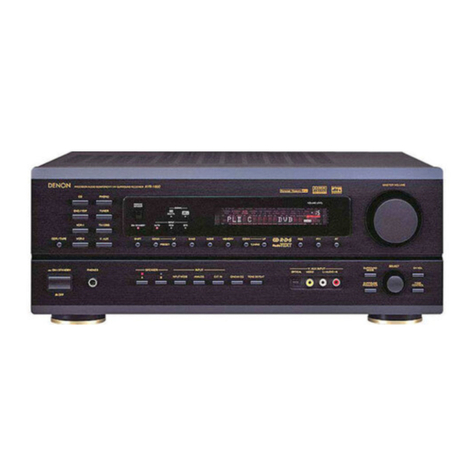
Denon
Denon AVR-1882 Service manual

Panasonic
Panasonic SAXR55P - A/V RECEIVER Service manual
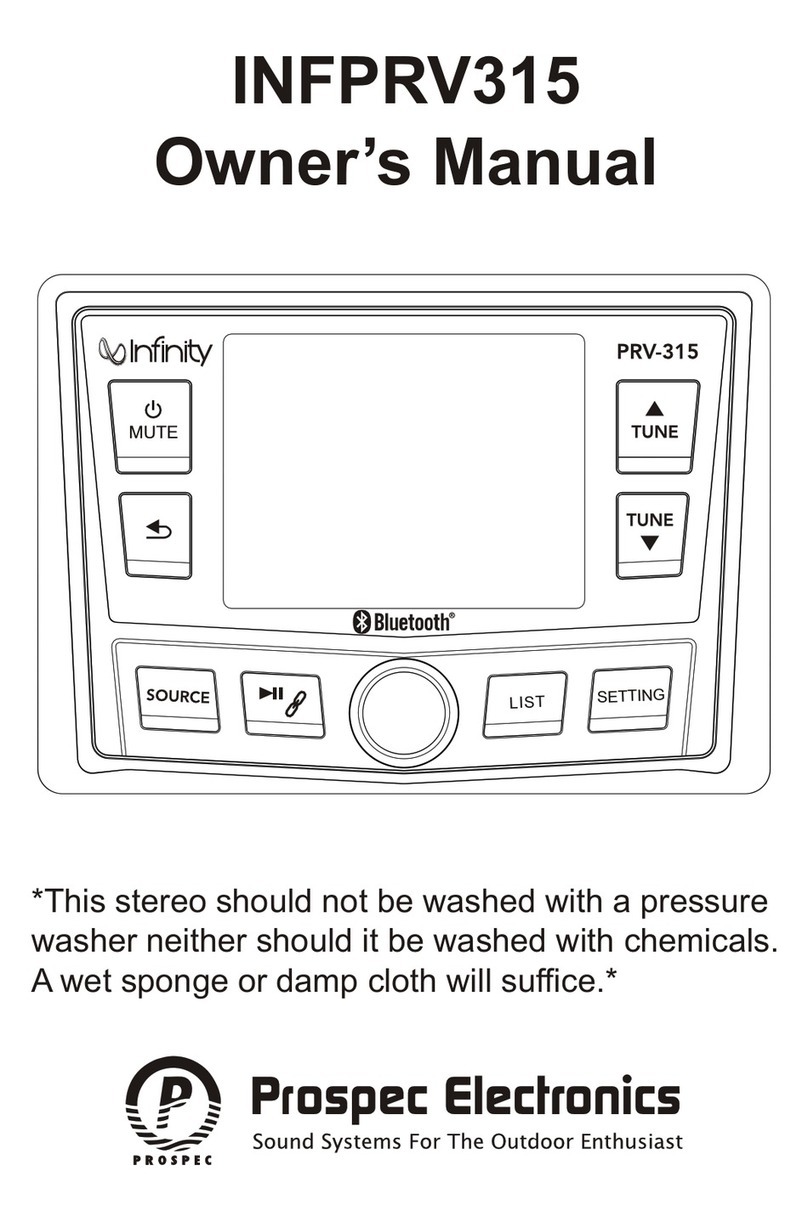
Prospec Electronics
Prospec Electronics INFPRV315 owner's manual
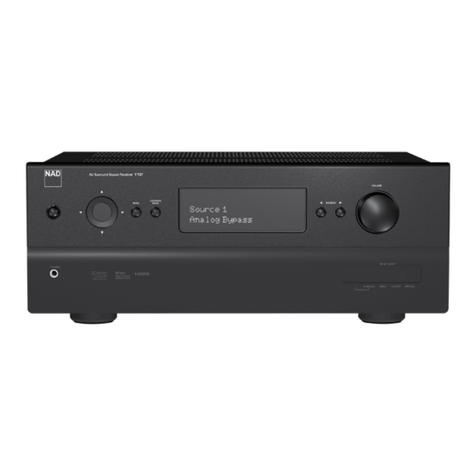
NAD
NAD T737 owner's manual
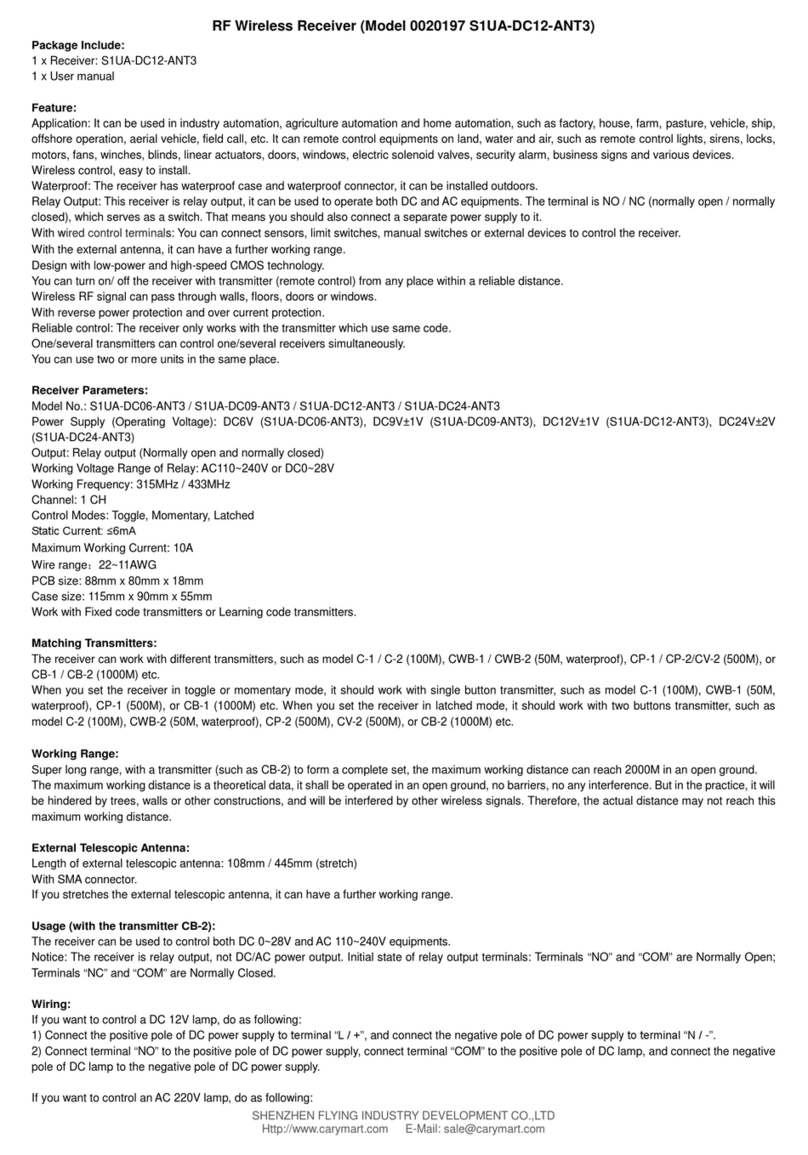
SHENZHEN FLYING INDUSTRY DEVELOPMENT CO.,LTD
SHENZHEN FLYING INDUSTRY DEVELOPMENT CO.,LTD S1UA-DC06-ANT3 user manual
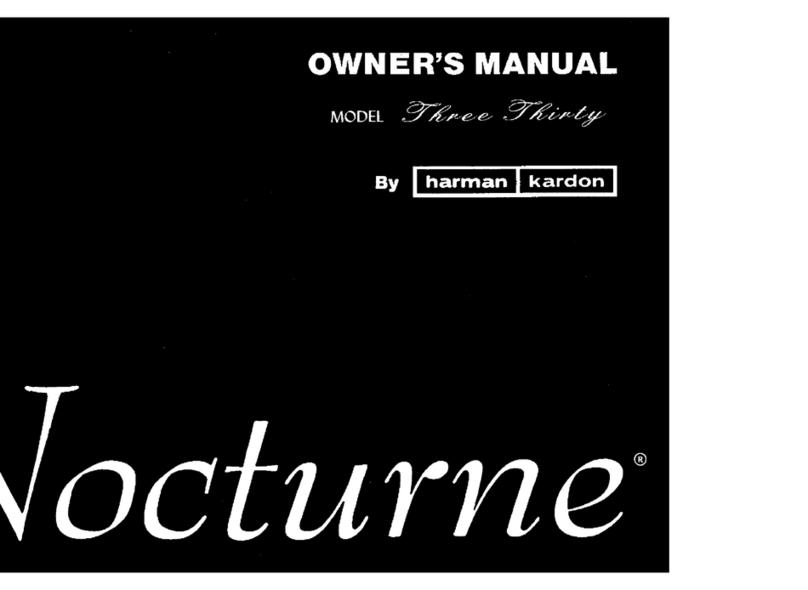
Harman Kardon
Harman Kardon NOCTURNE 330 owner's manual
